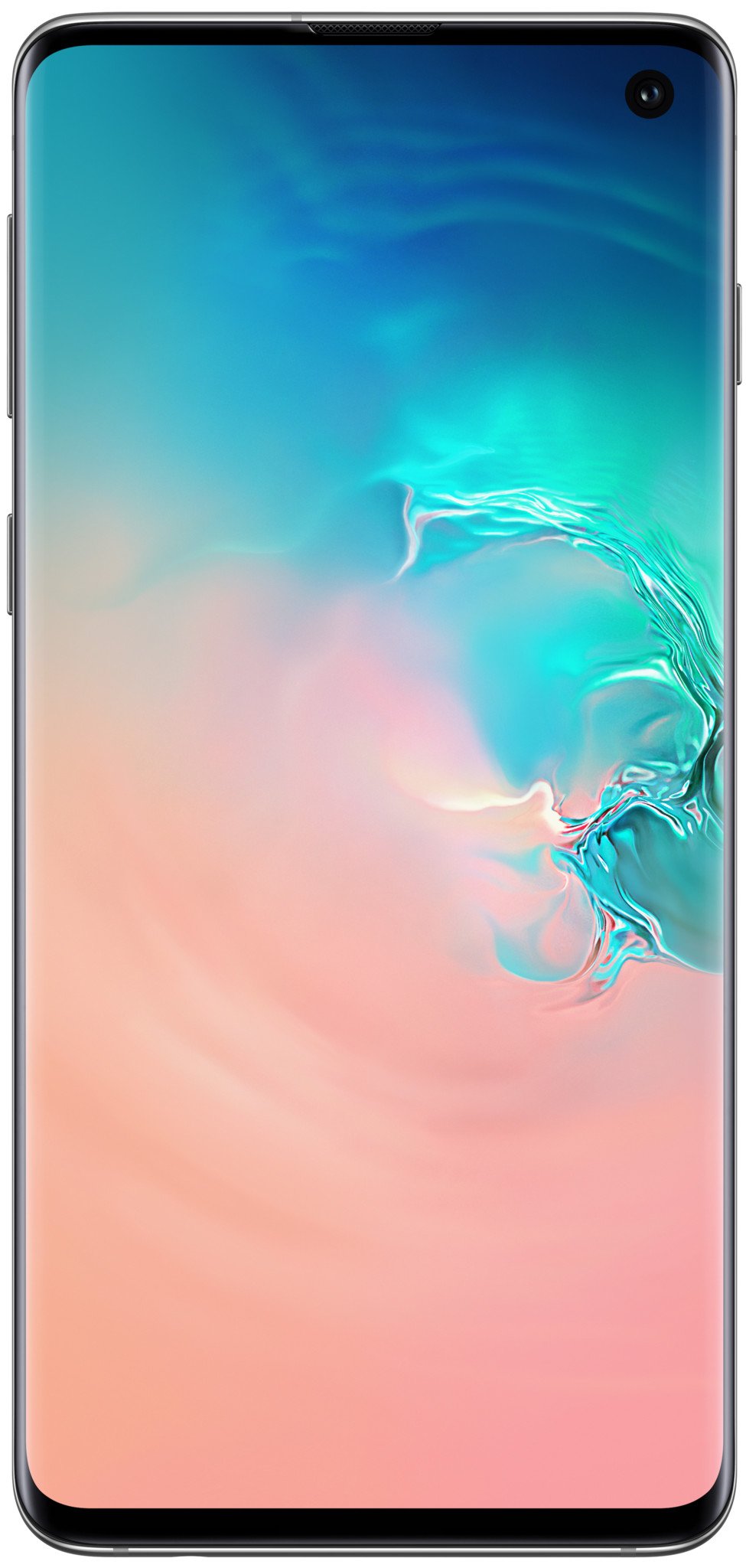Samsung One UI and Android 9 Pie update: Everything you need to know
Get up to speed on Samsung's all-new Android interface.














hen you update your Samsung phone to Android 9 Pie or buy a phone like the Galaxy S10, you may notice that things look a bit different. That's because there's a lot going on! In addition to the usual Android Pie features, Samsung customized this version of Android to create a new interface for its phones that it calls "Samsung One UI."
Ready to learn all about One UI and see just what it has to offer? Here's everything you need to know!
- So, what is One UI?
- Here are some tips and tricks
- The dark mode looks fantastic
- It's based on Android 9 Pie
- What phones is it available on?
- One UI 2.0 is coming soon
Get More Galaxy S10

Samsung Galaxy S10
- Galaxy S10 Review
- Best Galaxy S10 Cases
- Best Galaxy S10+ Cases
- Best Galaxy S10 Accessories
- Best Galaxy S10 Screen Protectors
What exactly is One UI?

One UI is the name of Samsung's latest Android interface and serves as the successor to The Samsung Experience that previously replaced TouchWiz.
One of the biggest goals with One UI is to help users "focus on the task at hand." To achieve this, One UI removes a lot of clutter from the Samsung Experience and makes things much cleaner. For example, the settings page is simplified even more and regrouping certain settings together so that they're easier to get to. The phone, notes, email, and other Samsung apps also have a new look to only show essential information.






Samsung's also marketing One UI as being more natural, saying that it's "restructured the way we interact with our devices." Buttons that are traditionally towards the top of the screen have been moved closer to the bottom, and in many of Samsung's apps (such as Messages and Clock), the top area is reserved exclusively for viewing content you don't have to interact with.
Third, One UI aims to "be visibly comfortable." Colors have been tweaked to provide better clarity, and based on the color of the phone you have, elements of the UI will be tweaked to match it.
Samsung One UI (Android 9 Pie) review: Samsung's best software yet
Here are a few tips and tricks to get you started

One UI is a pretty drastic change compared to past versions of Samsung's software, so whether you're buying a Galaxy S10 or updating your older Galaxy device, there are a lot of new goodies for you to check out.
Things might be a little overwhelming at first, but they don't have to be. If you need some help navigating One UI and understanding how to use its best features, make sure to check out the excellent guide below that Ara Wagoner put together 👇
Best Tips and Tricks for Samsung Galaxy phones running One UI (Android Pie)
There's a pretty sweet dark mode

Dark mode isn't a thing in Android Pie by default, but with One UI, Samsung picked up Google's slack and added a pretty great one for its phones.
It's pretty easy to enable One UI's dark mode, requiring you to just hop in the settings and enable a couple of toggles. Once you do this, you'll get a sleek dark theme all over your phone — including things like the notification panel, settings page, and Samsung's own apps.
One UI's dark mode doesn't have any impact on third-party apps you download from the Play Store (Twitter, Amazon, WhatsApp, etc.), but that doesn't stop it from being a thing of beauty.
How to enable One UI's dark mode on the Samsung Galaxy S9 and Note 9
What Android version is it based on?

One UI is based on Android 9 Pie, and as such, has all of the features from Pie that we've come to know and love.
That means One UI has some new gesture navigation options, a bunch of new emoji, improved notifications, and more on top of all of the One UI-specific changes.
Android Pie: Everything you need to know about Android 9
What phones are running One UI?
As of right now, the following phones are running One UI:
- Galaxy S10
- Galaxy S10+
- Galaxy S10e
- Galaxy Note 9
- Galaxy S9
- Galaxy S9+
- Galaxy Note 8
- Galaxy S8
- Galaxy S8+
Starting with the Galaxy S10 series and going forward for the foreseeable future, we can expect One UI to be preinstalled on Samsung's phones out of the box.
One UI 2.0 is in the works
The latest version of Android, Android Q, is expected to be released at some point before Q3 2019 is over. Along with all of the goodies that Q brings to the table, it's also what One UI 2.0 will be based off of.
We don't know much about One UI 2.0 quite yet, but once Google releases its final build of Android Q, it shouldn't be too long before Samsung gives us our first look at its updated software.
Furthermore, when the Galaxy S11 is announced in early 2020, it's reported that it'll be the first phone to ship with One UI 2.1.
Get More Galaxy S10

Samsung Galaxy S10
- Galaxy S10 Review
- Best Galaxy S10 Cases
- Best Galaxy S10+ Cases
- Best Galaxy S10 Accessories
- Best Galaxy S10 Screen Protectors
Nhận xét
Đăng nhận xét